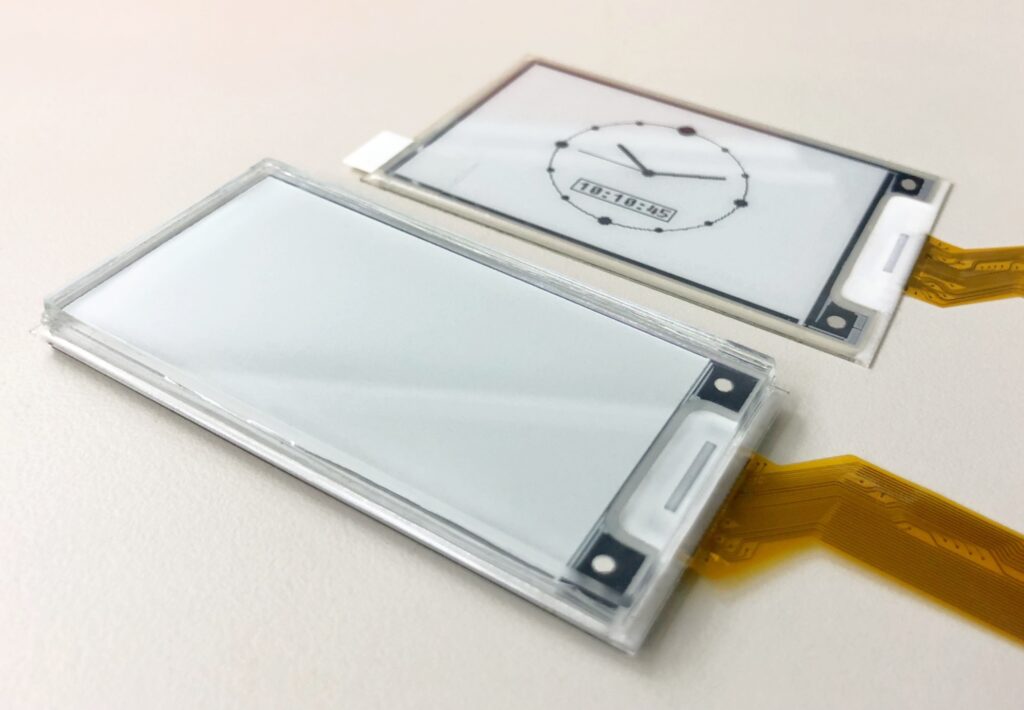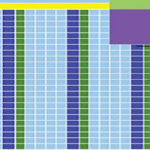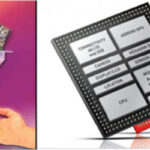 Pervasive Displays has further expanded the range of potential use cases that its products can support through the introduction of the new Armor offering. EPDs based on the company’s unique Armor technology will achieve greater mechanical robustness and improved sunlight readability characteristics. This means they will be optimized for deployment in more challenging semi-outdoor environments –with units capable of prolonged operation, while still delivering industry-leading image quality.
Pervasive Displays has further expanded the range of potential use cases that its products can support through the introduction of the new Armor offering. EPDs based on the company’s unique Armor technology will achieve greater mechanical robustness and improved sunlight readability characteristics. This means they will be optimized for deployment in more challenging semi-outdoor environments –with units capable of prolonged operation, while still delivering industry-leading image quality.
Provided as a custom option, Armor is being made available for all Pervasive Displays’ EPD size formats which range up to 12-inch. Among the places where Armor EPDs will be employed are in the designs for handheld equipment, public information systems, and digital signage equipment, plus freight container labeling, shop floor conveyor systems, warehousing operations, etc.
The top surface of each Armor EPD module incorporates an optically-bonded cover lens, which is made from either polymethyl-methacrylate (PMMA) or tempered glass, along with a UV filtering layer. The proprietary protective sheet that Pervasive Displays also applies to the EPD construction makes modules ten times more resistant to humidity than solutions from other manufacturers, as well as safeguarding them from scratches. The thermal properties exhibited by this protective sheet and the accompanying edge sealant (with minimal expansion and contraction) means that cracking due to heat variations will not occur. Consequently, the EPDs are not prone to moisture ingress which would otherwise shorten their working lifespan. A resin board is attached to the rear of the module, which alleviates the risk of deformation when the EPD experiences an external impact force.
For Pervasive Displays’ popular 2.66-inch format EPD, the Armor version can withstand ball drop tests with an impact force of up to 2.105J. This is nearly 40 times more impact resistant than an EPD without Armour which will withstand around 0.053J of impact. Further elevated levels of protection can be achieved by the series via a selection of higher-cost materials. The ability to cope with low temperatures (as low as -25°C) allows Armor EPDs to address the needs of food packaging, laboratory, and warehouse settings.






Leave a Reply